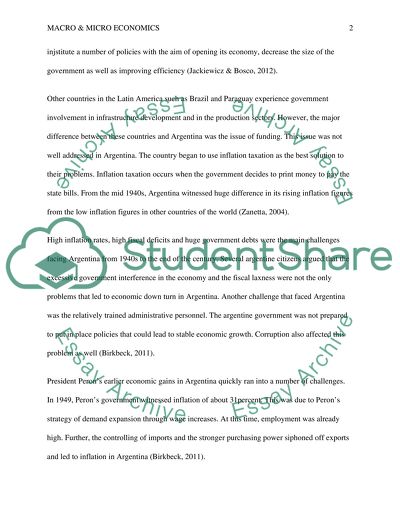Cite this document
(“The Import-substitution Industrialisation (ISI) Failure in Argentina Essay”, n.d.)
Retrieved from https://studentshare.org/macro-microeconomics/1450153-critically-compare-and-contrast-the-import
Retrieved from https://studentshare.org/macro-microeconomics/1450153-critically-compare-and-contrast-the-import
(The Import-Substitution Industrialisation (ISI) Failure in Argentina Essay)
https://studentshare.org/macro-microeconomics/1450153-critically-compare-and-contrast-the-import.
https://studentshare.org/macro-microeconomics/1450153-critically-compare-and-contrast-the-import.
“The Import-Substitution Industrialisation (ISI) Failure in Argentina Essay”, n.d. https://studentshare.org/macro-microeconomics/1450153-critically-compare-and-contrast-the-import.


